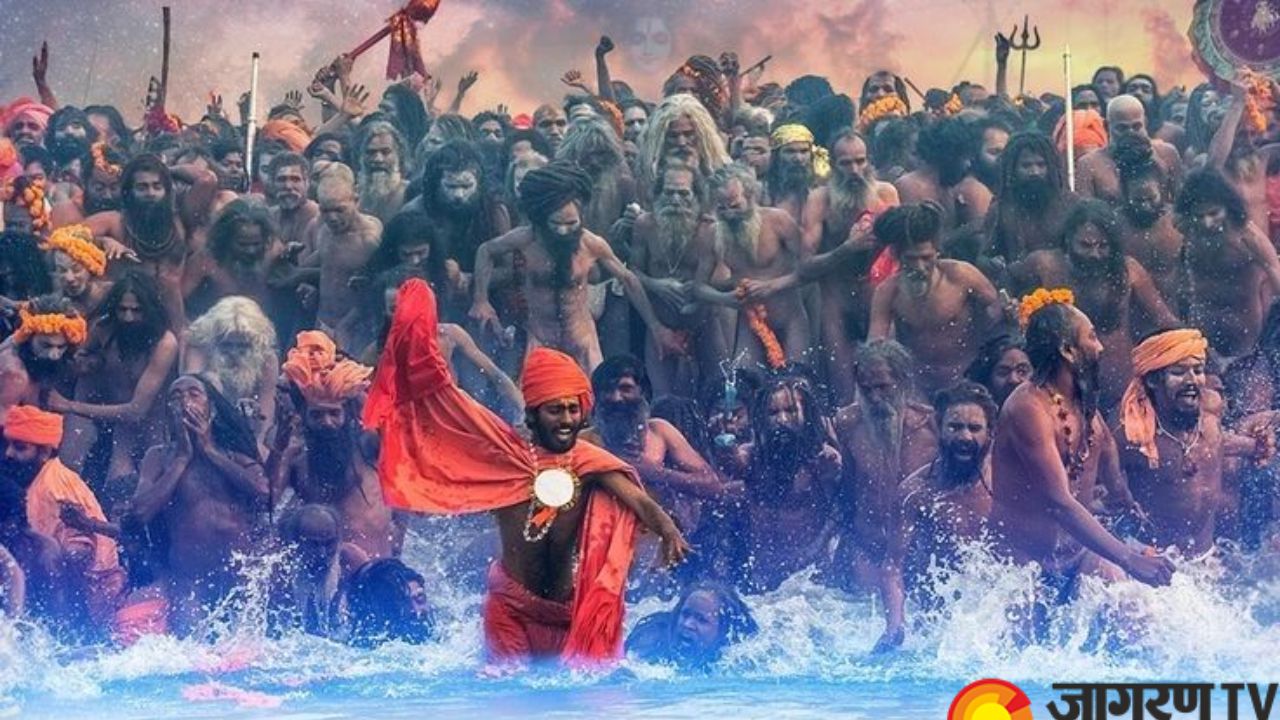Mahakumbh 2025: History, Mythology, and Everything You Should Know About This Grand Hindu Festival

Mahakumbh 2025: The Mahakumbh is one of the world's most solemn and largest religious meetings, held with great dedication and spiritual passion. This once-in-twelve-year event is more than just a festival; it is a convergence of culture, faith, and spirituality that attracts millions of followers from all over the world. As the Mahakumbh 2025 is around the corner, let us look at its history, mythology, significance, and celebrations in India.
History of Mahakumbh
The story of Mahakumbh begins with the Devas (gods) and Asuras (demons) churning the ocean (Samudra Manthan) in search of the nectar of immortality (Amrit). The mythical significance of Kumbh is centered on the account of the samudra manthan, which was performed by the gods and demons in order to gain the priceless ratnas, or jewels, and amrita, or nectar of immortality. The mountain Mandrachala served as a churning stick, with Nagraja Vasuki acting as the rope. Lord Vishnu himself took the form of Kasava, or tortoise, and gave the foundation for the mountain Mandrachala, fearing that it would slip and sink into the ocean.
The first to emerge from this churning was poison, which was consumed by Lord Shiva, who later became known as the Nilkantha. The churning continued, and Kamdhenu, the Uccaishrava Jayanta, Lord Indra's son, took the amrita kalasa, or nectar pot, from God Dhanvantari's hands. When Lord Shukracharya, the demon Guru, noticed this, he informed the demons, who chased Jayanta. Jayanta ran for 12 days to keep Amrit Kalasha from slipping into the grasp of demons.
Jayanta placed the amrit kalasha in four locations over the course of twelve years: Haridwar, Prayag, Nashik-Trimbakeshwar, and Ujjain. At the time, the sun, moon, and planets were in a unique astrological alignment, during which the Kumbh Mela occurs. God Brihaspati saved the nectar pot from the devils with the assistance of the Sun, his son Lord Shani, and the Moon, who prevented the nectar kumbh from being harmed.
Significance of Mahakumbh
The traditional Kumbh Mela is celebrated every three years, the Ardh (half) Kumbh Mela every six years in Haridwar and Allahabad (Prayag), and the Purna (full) Kumbh Mela every twelve years at four locations: Prayag (Allahabad), Haridwar, Ujjain, and Nashik, dependent on planetary motions. The Maha Kumbh Mela is held at Prayag after 144 years (after 12 ‘Purna Kumbh Melas’).
Each site’s celebration is based on a unique set of astrological positions for the Sun, Moon, and Jupiter. The celebrations take place exactly when these locations are fully occupied, as this is considered the holiest hour in Hinduism. The Kumbh Mela is a knowledgeable festival that incorporates astronomy, astrology, spirituality, ritualistic traditions, and socio-cultural conventions and activities.
Mahakumbh 2025
Pilgrims to the Kumbh Mela come from all walks of life, including Sadhus (saints) and Naga Sadhus who practice “sadhana” and adhere to a strict path of spiritual discipline, religious people who leave their seclusion and come to visit civilization only during the Kumbh Mela, seekers of spirituality, and ordinary Hindus.
During the Kumbh Mela, a number of ceremonies take place, including the traditional procession of Akharas known as ‘Peshwai’ on elephant backs, horses, and chariots, the shining swords and rituals of Naga Sadhus during ‘Shahi Snaan’, and many other cultural activities that attract millions of pilgrims to the event.
The Maha Kumbh Mela 2025 will be place at Prayagraj from January 13th to February 26th, 2025.
Related videos
-
Film Director Sanoj Mishra, Known To Offer Film To Viral Girl Mona Lisa Arrested In ...
-
Maharashtra Politics: प्रेस कॉन्फ्रेंस के दौरान Ajit Pawar ने Eknath Shinde पर किया ...
-
Allahabad University Students Face Loss Of Syllabus and Delayed Exam Due To Maha Kumbh 2025 ...
-
PM Modi on Mahakumbh: PM मोदी ने महाकुंभ के समापन पर क्यों मांगी ...









